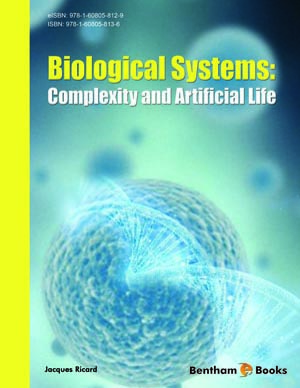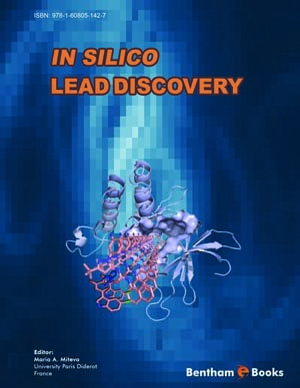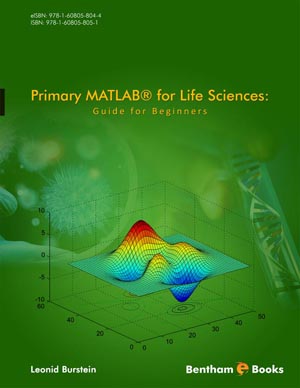Abstract
Embryonic stem cells (ESC) have potential to be used in future therapeutic applications due to their unlimited self-renewal capabilities coupled with their ability to differentiate into any cell type. Mathematical models of ESC have gained much attention in recent years for their ability to extract information and insight from this self-renewal and differentiation system which might be otherwise elusive when using experimental data alone. In this chapter, we first present a brief review of previous efforts to model the ESC system, including foci on single cells, populations, self-renewal and differentiation mechanisms, and signaling and gene regulatory networks (GRN). GRN identification in ESC is invaluable, as proper information on network connections can give insight on how stem cells differentiate and can help in the development of efficient differentiation to specific cellular phenotypes. Although there has been considerable work on network identification of bacteria and the ESC self-renewal circuitry, work is still limited on differentiation. We therefore present our work on reverse engineering the gene regulatory network in differentiating ESC. In our network identification algorithm, we incorporate the inherent biological feature of sparsity, the notion that a network favors as few connections as possible. Our algorithm consists of a bi-level formulation, in which the upper level predicts the network topology and minimizes the number of connections, while the bottom level estimates the kinetic parameters and minimizes the error between predicted and experimental profiles. We apply our bi-level formulation to the system of mouse ESC differentiating towards pancreatic lineage. The input to the algorithm was the expression dynamics of relevant transcription factors. We show that the predicted gene behavior is in very good agreement with the in vitro experimental data, and that many of the interactions in the reconstructed network and predicted effects of external perturbations have been reported in literature, even though this information was not used to train the model a priori. The predictive capability of the algorithm was further substantiated by modeling the effect of Foxa2 silencing on differentiation outcome and validating it experimentally by gene silencing experiments.
Keywords: Gene regulatory network, network identification, self-renewal, differentiation, embryonic stem cells, network sparsity, kinetic model, reverse engineering, network topology, transcription factors, perturbations.













